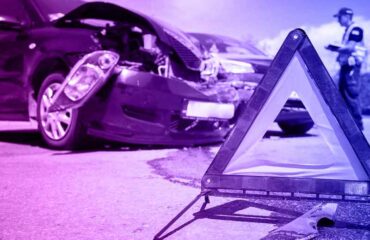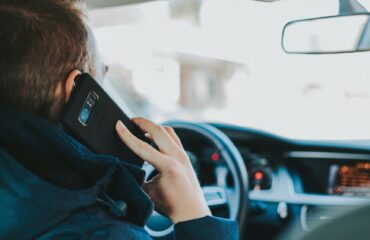You’ve been involved in a vehicle accident. So, what exactly do you do? Unfortunately, accidents happen to even the finest drivers. Here are step-by-step guidelines on what to do if you are involved in a car accident.
STEP 1
STOPPING You could face criminal charges if your car is involved in an accident and you do not stop.
STEP 2
Call the police if anyone is wounded, if the total damage to all the vehicles involved appears to be more than $2,000, or you suspect that any of the other drivers involved are guilty of a Criminal Code infraction (such as driving under the influence of drugs or alcohol) (such as driving under the influence of drugs or alcohol). The emergency operator will give you instructions to follow. The cops will be there as quickly as possible. You should not attempt to transfer anyone who has been hurt in the accident since you may aggravate their injuries.
If no one is hurt and the total damage to all of the vehicles is less than $2,000, contact a Collision Reporting Center within 24 hours. The police established these facilities to help motorists in reporting car accidents. You will fill out a police report and have the damage to your vehicle photographed at the reporting center. Find the Collision Reporting Centre closest to you, or call (416) 745-3301.
STEP 3
Get out of your automobile if it is safe to do so. You should take images of the incident if you have access to a digital camera or a cell phone.
STEP 4
When it is safe, take your vehicle to the side of the road, out of traffic. If your car can’t be driven, turn on your danger lights or use cones, warning triangles, or flares as needed.
STEP 5
Keep a record of what you’ve learned. To assist you recall what information is needed, fill out the printable Accident Worksheet. The Accident Worksheet [PDF Document] can be downloaded here. You can also use your phone to record as much information as possible in audio format.
STEP 6
As quickly as possible, contact your insurance carrier following the accident. Inform them of the situation and inquire about the next actions. Visit the After an Auto Accident: Understanding the Claims Process page for further information on submitting an insurance claim with your insurance provider.
Remember…
- It is critical that you maintain your composure, no matter how difficult it may appear.
- Do not get into any arguments with other drivers or passengers. Instead, keep your narrative to yourself until the cops arrive.
- At the accident scene, do not voluntarily accept liability or obligation, sign statements of fault, or pledge to pay for damages.
- Keep an eye out for illegal tow truck drivers. To learn more about tow truck con artists, go here.
Be ready for any roadside emergency
Keep a basic first-aid or emergency kit in the trunk of your car at all times. Fill a plastic storage container with the following items to make an emergency kit for your vehicle:
- FSCO’s Accident Worksheet. Download it here
- pen and paper;
- a basic first aid kit;
- emergency road flares, warning triangles or cones;
- a flashlight and extra batteries;
- booster cables;
- a small tool kit;
- a pair of work gloves;
- hand wipes; and
- a thermal blanket.
- some type of non-perishable food;
- a towel;
- a tire repair kit and pump;
- bottled water;
- a fire extinguisher (A-B-C Type);
- a disposable camera;
Fraud Reporting
You may help put an end to a scam or fraud by reporting it if you feel you’ve been a victim or target of one.
- Inform your local police and your insurance carrier, and inquire about future measures.
- You can also call Crime Stoppers and leave an anonymous tip (1-800-222-TIPS).
- You can also contact 1-855-5TIP-NOW.






